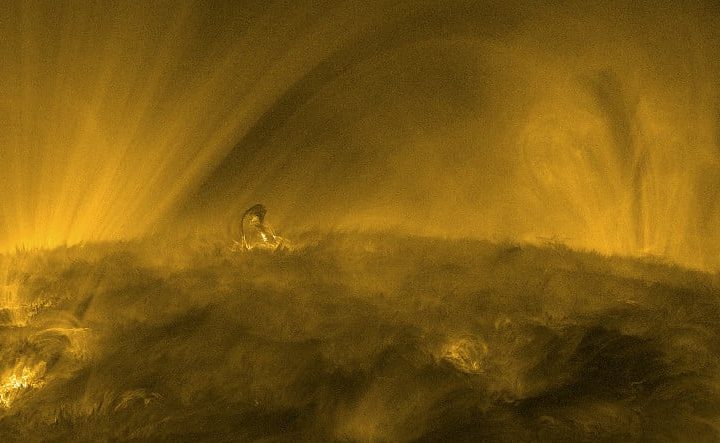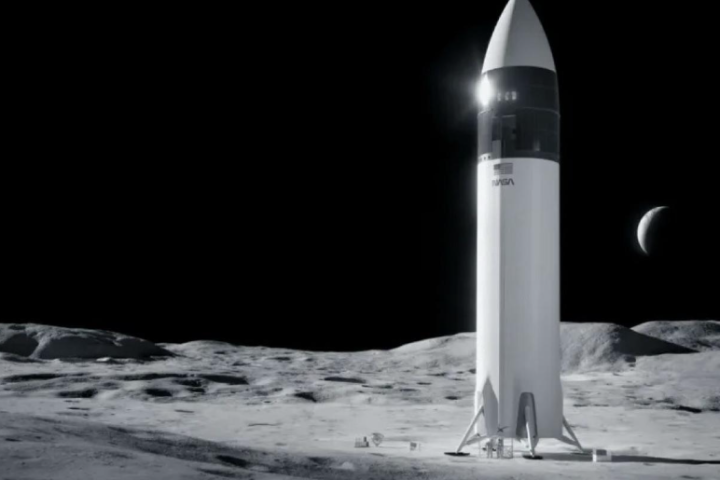According to a statement by the China Manned Space Program Agency (CMSA), the Shincou-18 space shuttle carrying astronauts Yı Guangfu, Li Cong and Li Guangsu was launched from the Ciuçüen Satellite Center in the Gobi Desert with a Long March 2F rocket.
Ten minutes after liftoff, the capsule separated from the rocket and entered the planned orbit.
After reaching the space station today, the crew will take over the mission from the crew members who were sent to the station on October 26, 2023 aboard the Shinjou-17 shuttle and have been on duty for 5 months.
Youngest group of astronauts
The team is the youngest group of astronauts China has ever sent to the space station. All members of the team were born in 1980 and later.
Yı, born in 1980, who will be the commander of the expedition, traveled to the space station with the “Shinkou-13” expedition in 2021 and served there for 5 months.
Li Cong, born in 1989, and Li Guangsu, born in 1987, will take part in their first manned space mission.
Aquarium in space
The crew will spend five months on the space station, conducting scientific experiments and technology tests in orbit, as well as maintaining the station and performing other tasks.
Lin Shichiang, Deputy Director of CMSA, said the team will conduct more than 90 experiments in the fields of low gravity physics, space material science, space life sciences, space medicine and space technology.
The astronauts will also try to feed fish in the space station’s aquarium in zero gravity. If the experiment is successful, it is envisaged that it may enable the feeding of fish for the food needs of the astronauts in the future.
On the other hand, plant growing experiments are planned to be carried out on the space station. For this purpose, the Chinese team will try to grow 100 arabidopsis plant (mouse ear cress) seeds in space for 4 weeks. The spaconauts will freeze the plants at minus 80 degrees Celsius and send them back to Earth, contributing to research on how low gravity affects plant stem cells.
The spacecraft team will also conduct molecular research into the common origin of proteins and nucleic acids and the origin of biochemistry strings (codons), and test a new spacecraft coating material.
China’s space station “Tiengong”
China had built its own space station in orbit after the US banned cooperation in space exploration and blocked its participation in the International Space Station (ISS) program.
The “Tiengong” (celestial palace) station, consisting of a core module, two laboratory modules and the planned addition of a space telescope, is modeled on Russia’s now defunct Mir Space Station.
The core module, called “Tienhı” (celestial harmony), was launched on April 29, 2021, the first laboratory module “Vintien” (searching the heavens) on July 24, 2022, and the second laboratory module “Mıngtien” (dreaming the heavens) on October 31, 2022.
With the addition of laboratory modules to the core module, the installation of the “T” shaped main skeleton of the station was completed and the station entered the “application and development phase”.
The space telescope called “Shuntien” (wandering the heavens) is also planned to be added to the station as a separate module.
The 3-person crew of astronauts rotates to the station, where personnel are transported by “Shincou” (sacred ship) shuttles and supplies are transported by “Tiencou” (celestial ship) shuttles.





